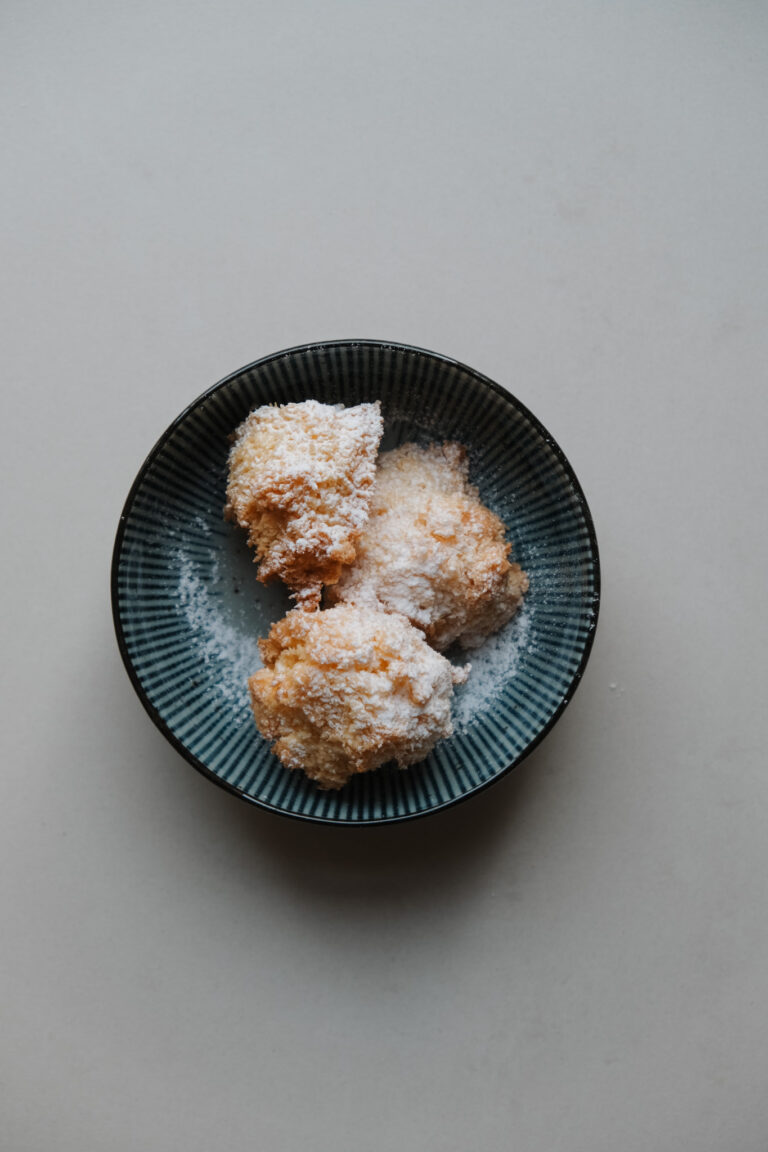Siciliana or Puttanesca? Who Knows, It Still Tastes Great
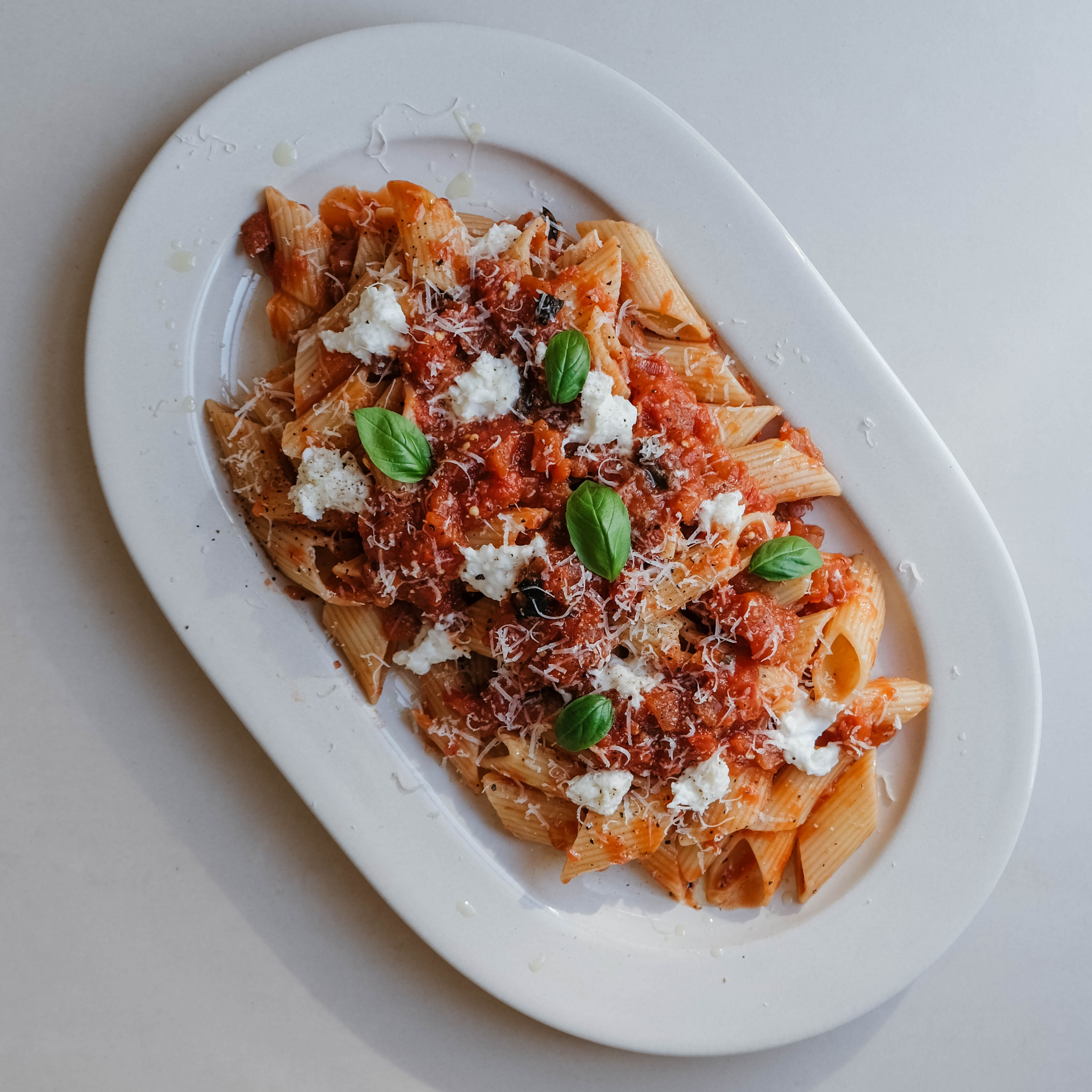
Welcome to the eighteenth instalment of my series where I test out recipes from an obscure 1990s Italian cookbook. This time, I tried another dish from the ‘Sauces for Pasta’ section: Siciliana
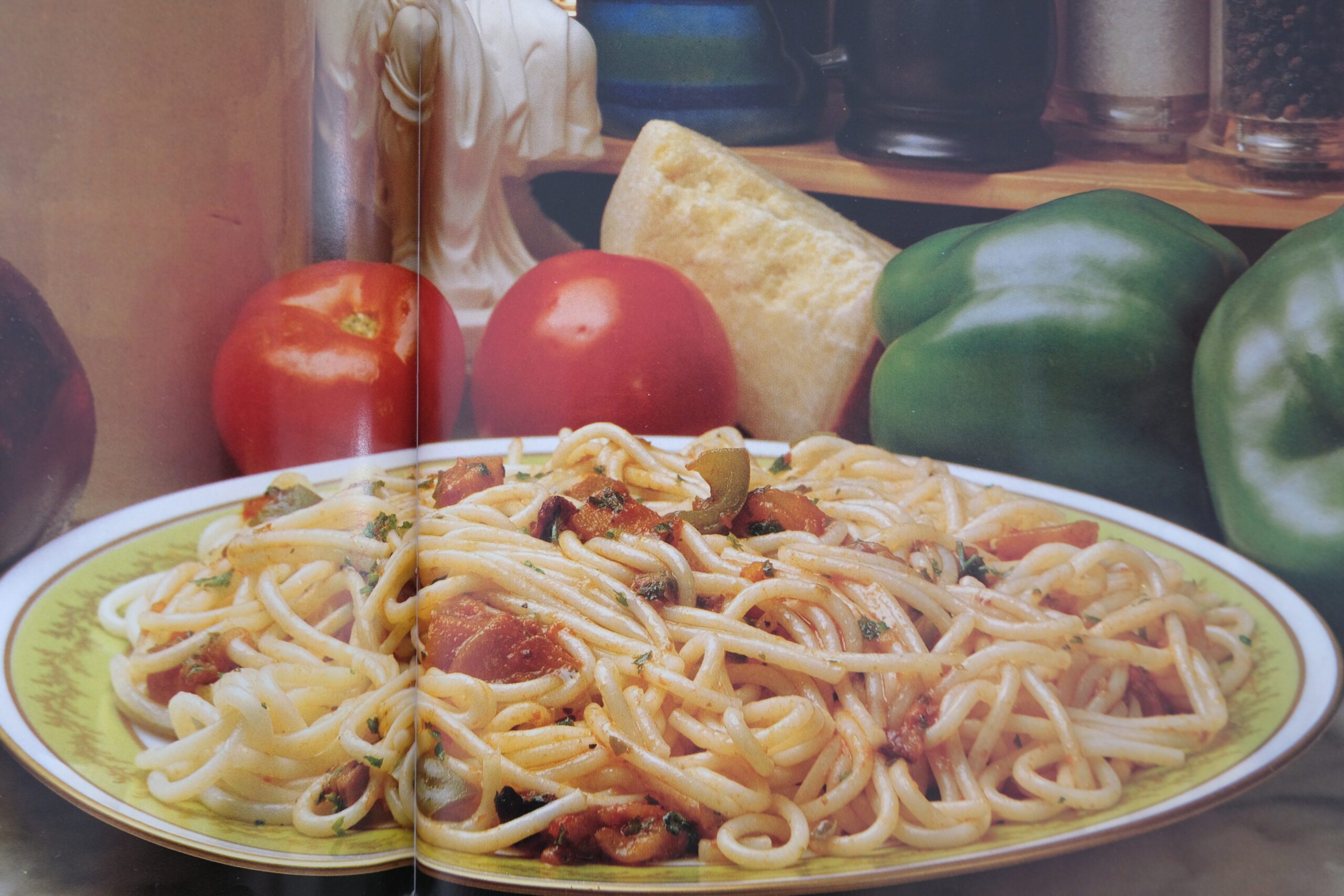
A good pasta sauce. There isn’t really a lot to it, but it can be a difficult one to master, depending on the ingredient quality and quantities. Achieving that rounded flavour is a skill I’ve been trying to hone for several years, however, I found that with this version, the addition of aubergine and olives made this much easier to achieve.
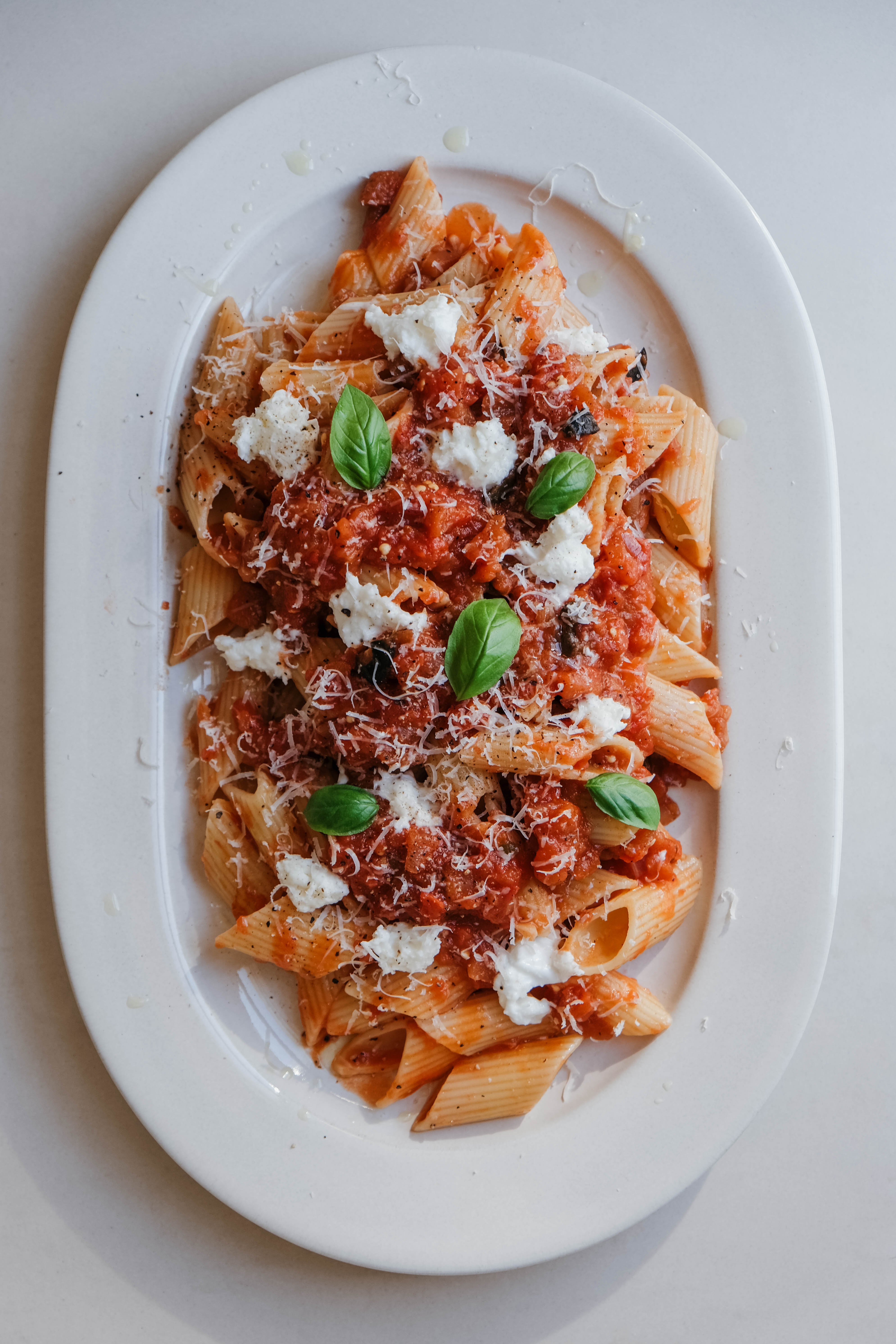
The addition of olives, however, is less characteristic of a traditional Siciliana sauce – most of the ingredients seem more akin to a Puttanesca sauce…
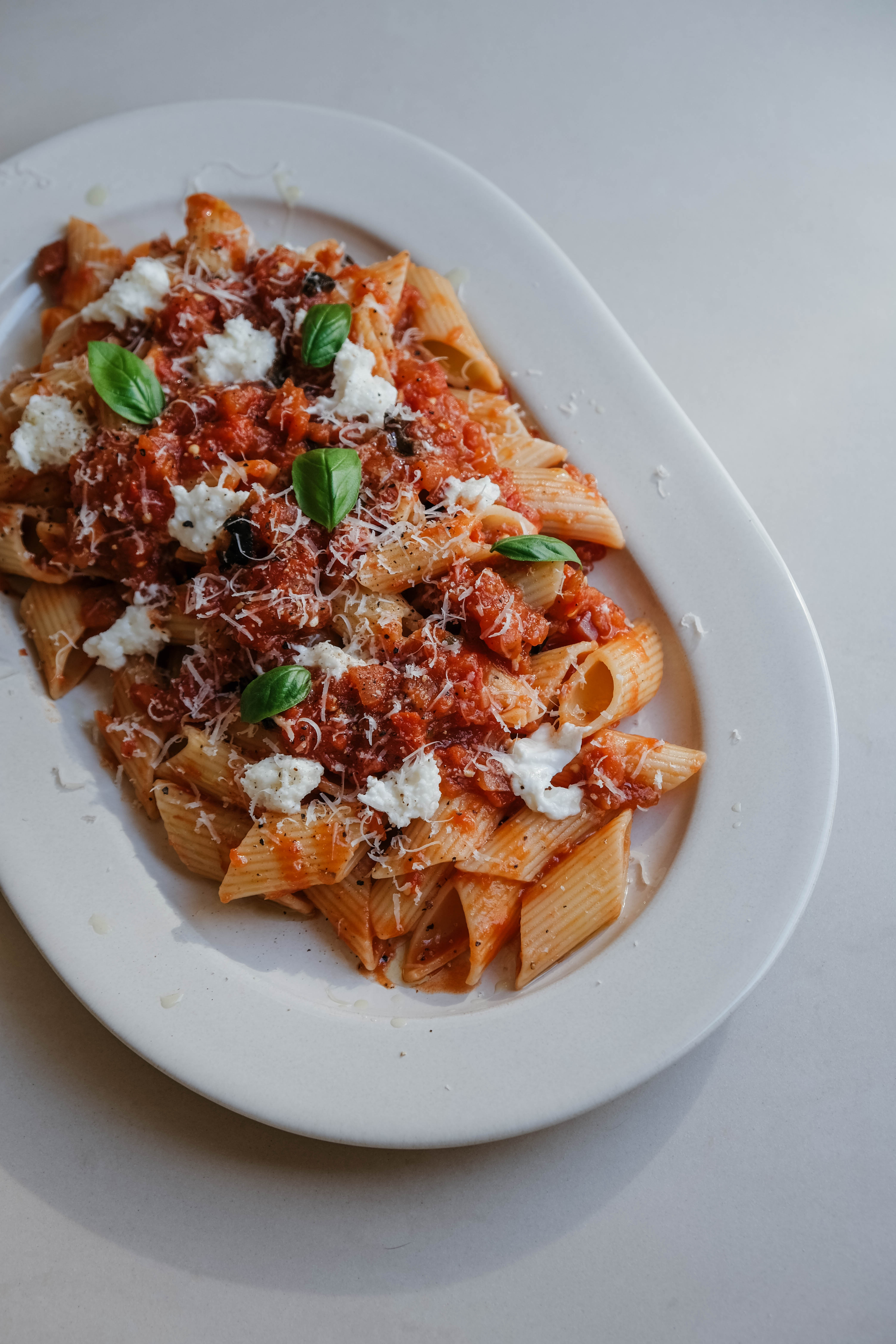
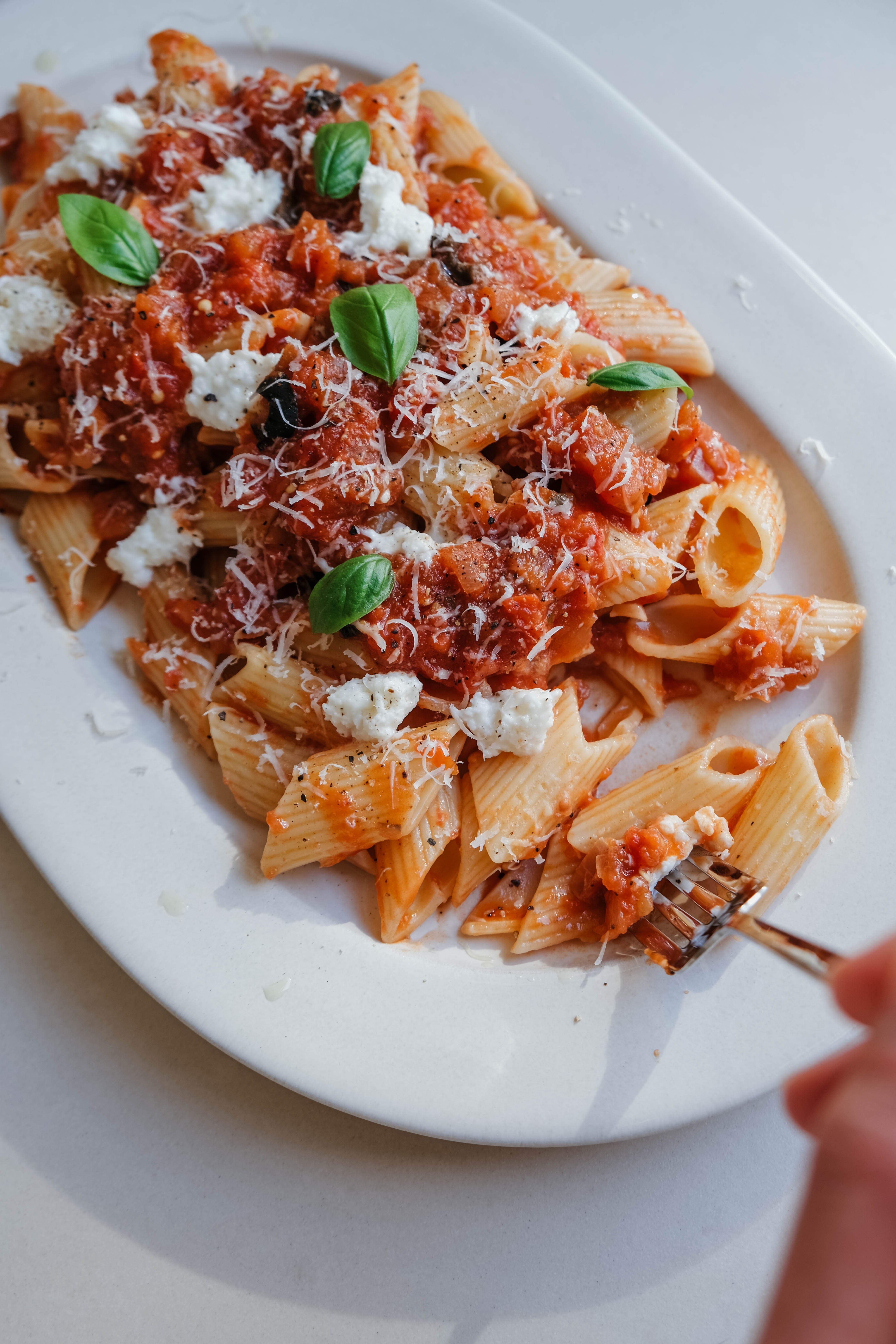
Because of this, I thought I’d take my own creative liberties:
Just from personal preference – and thinking that the sauce was getting a wee bit busy ingredients wise – I omitted the peppers, anchovies, and capers.
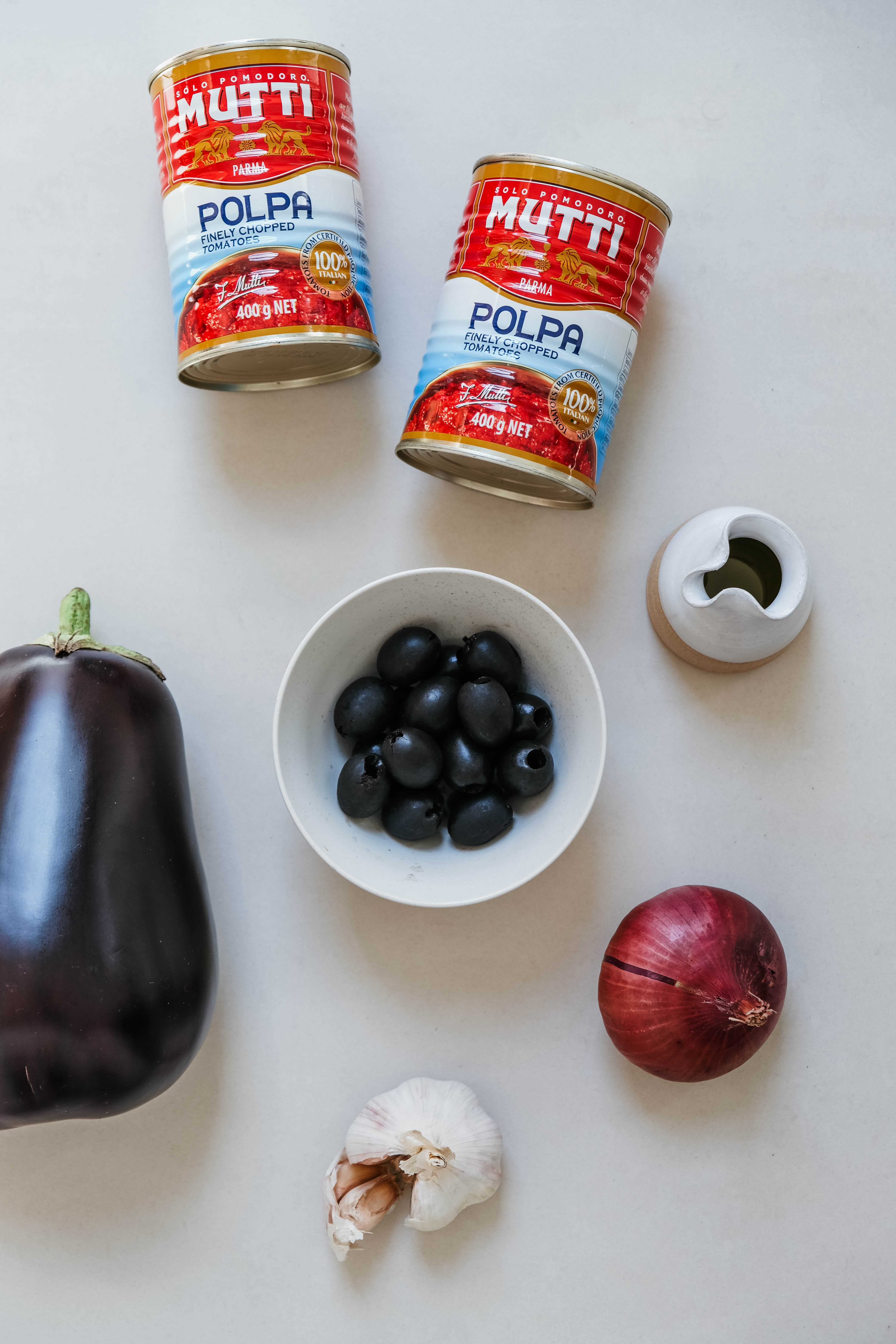
I used basil instead of parsley and I added a tiny bit of sugar to balance out the tartness.
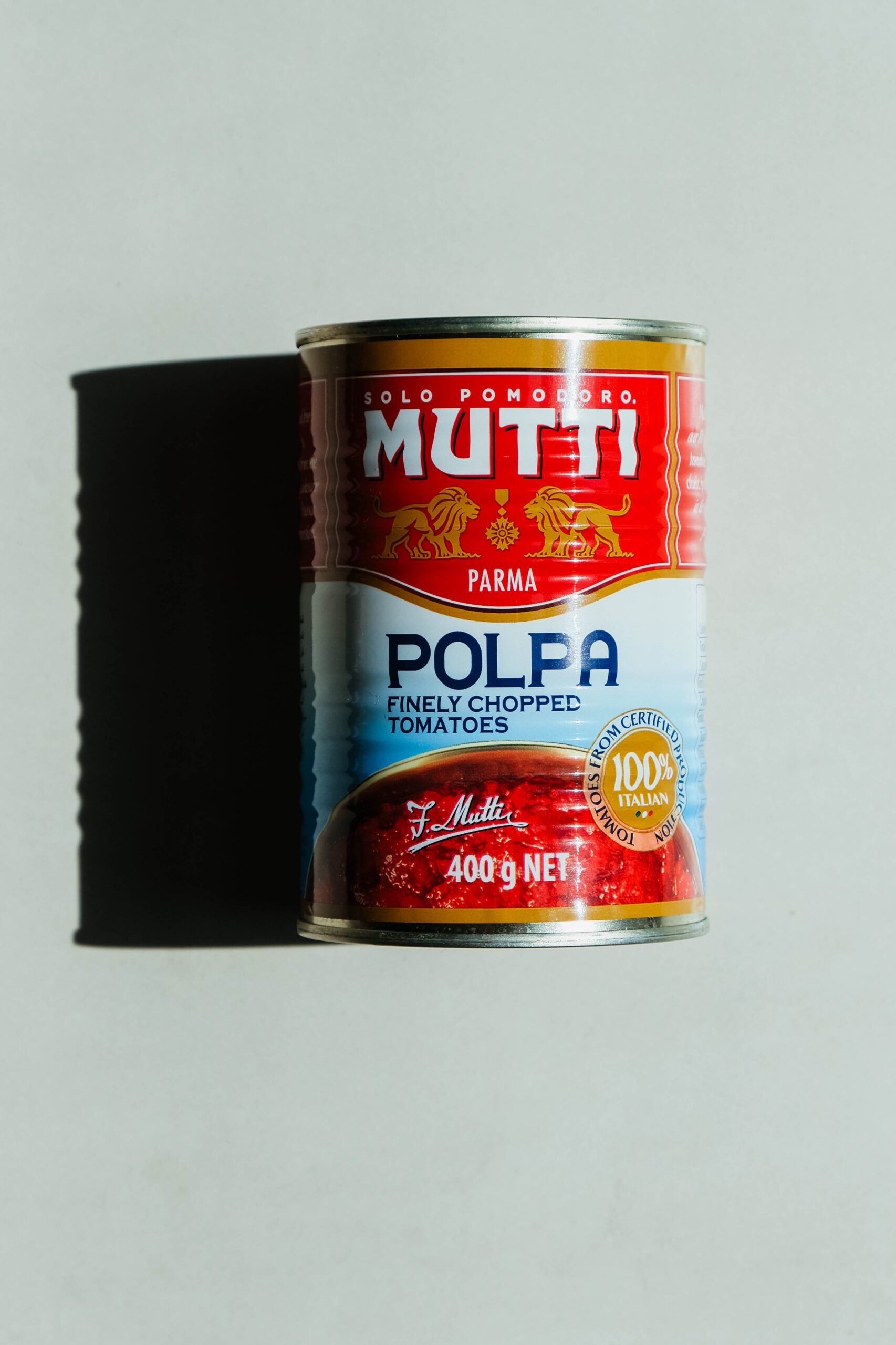
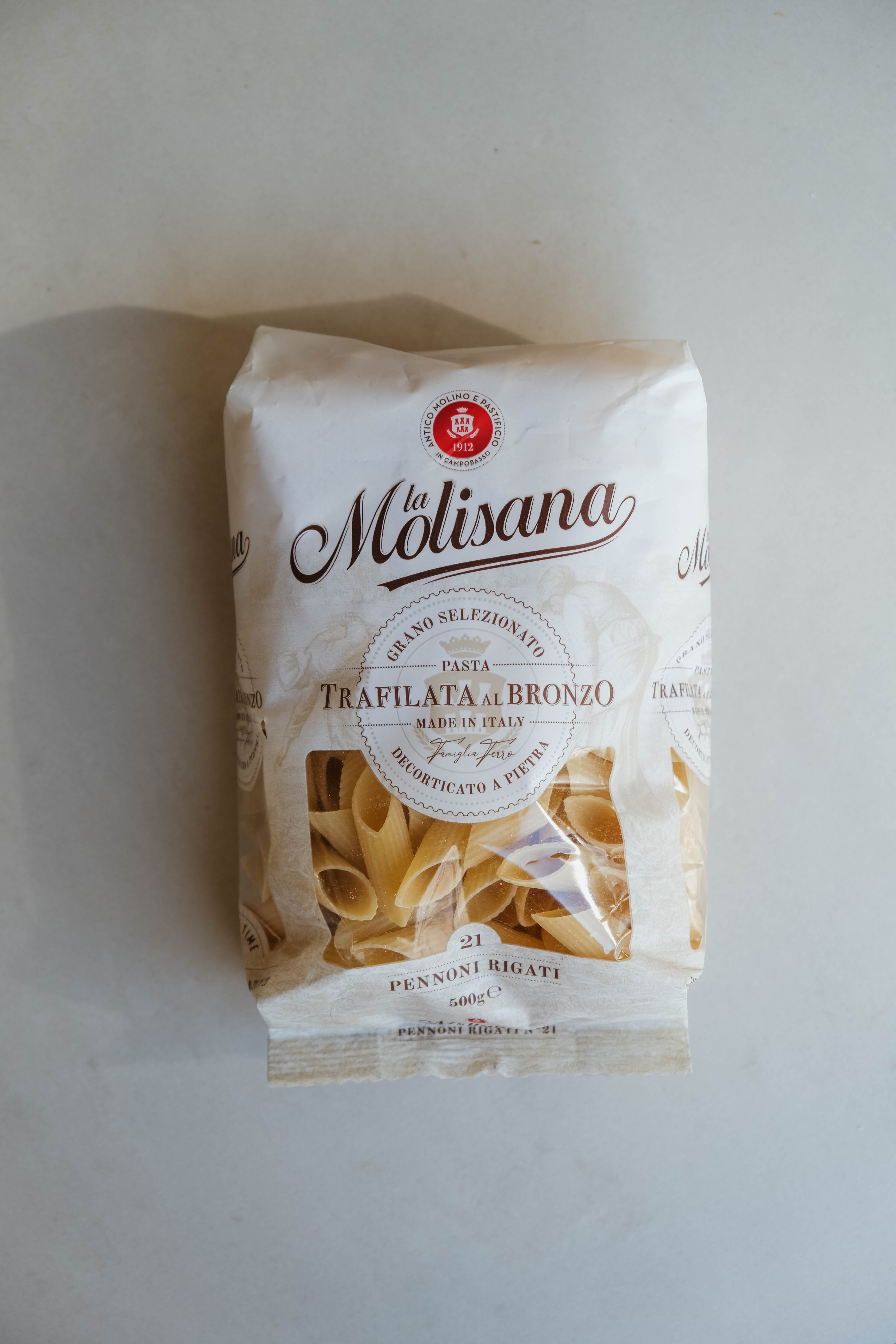
I thought the dish would be lovely garnished with some fresh mozzarella and of course, parmesan – I was quite mortified that the book hadn’t already suggested it!!!
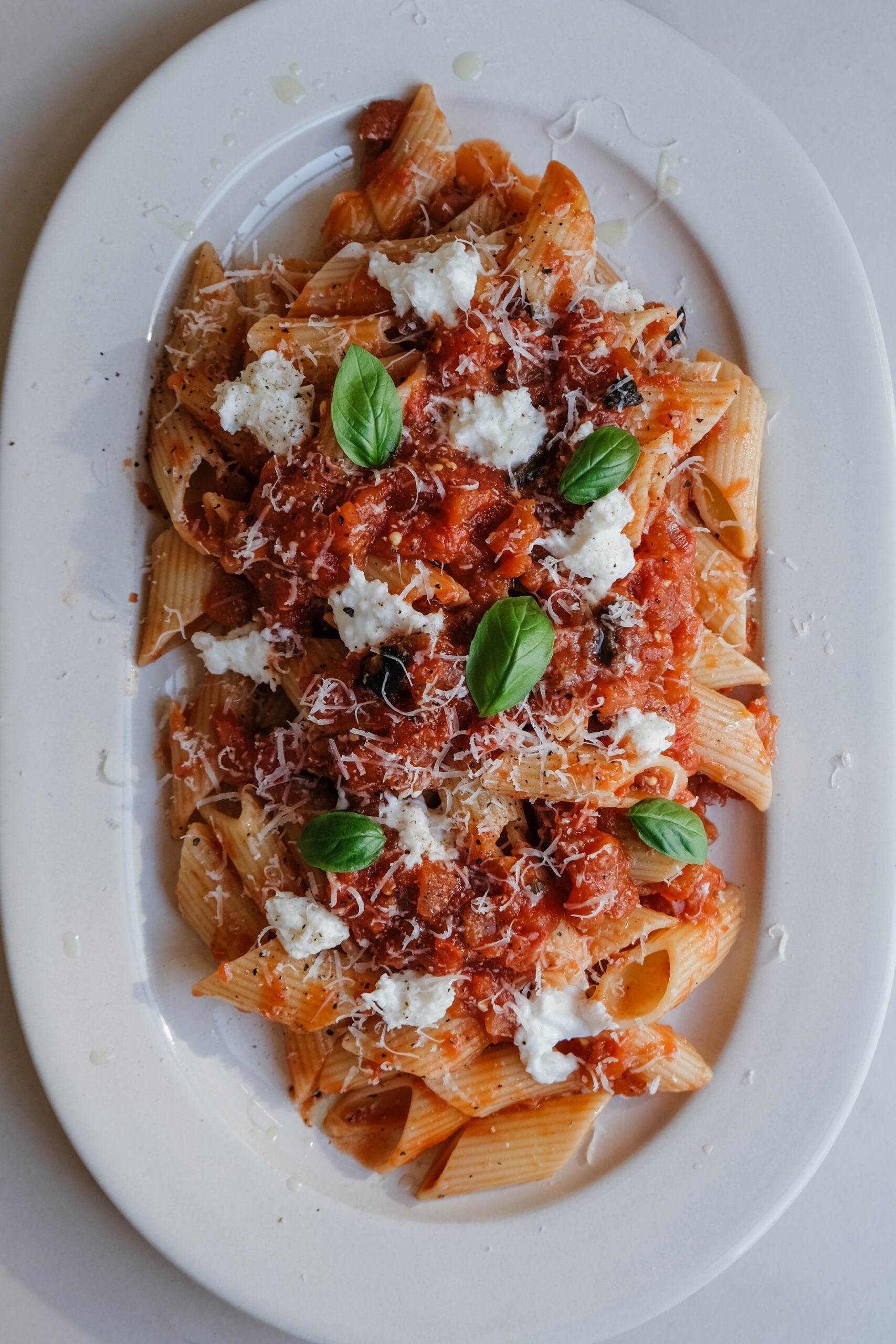
Still, I really enjoyed this recipe for it’s simplicity: sautéing the onions, aubergine, and garlic until softened before adding in the tomatoes, herbs, and olives.
soften onion + aubergine + garlic:
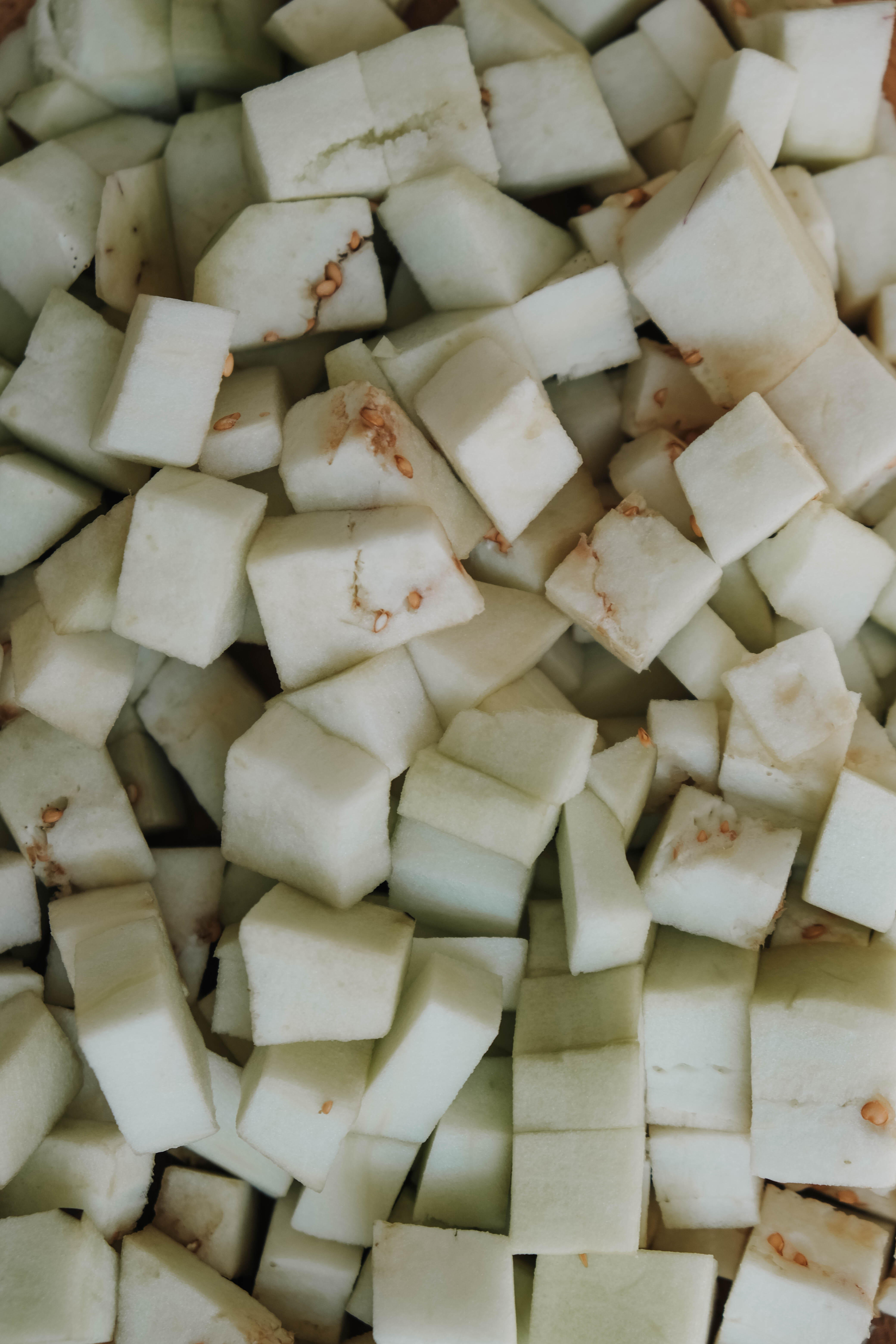
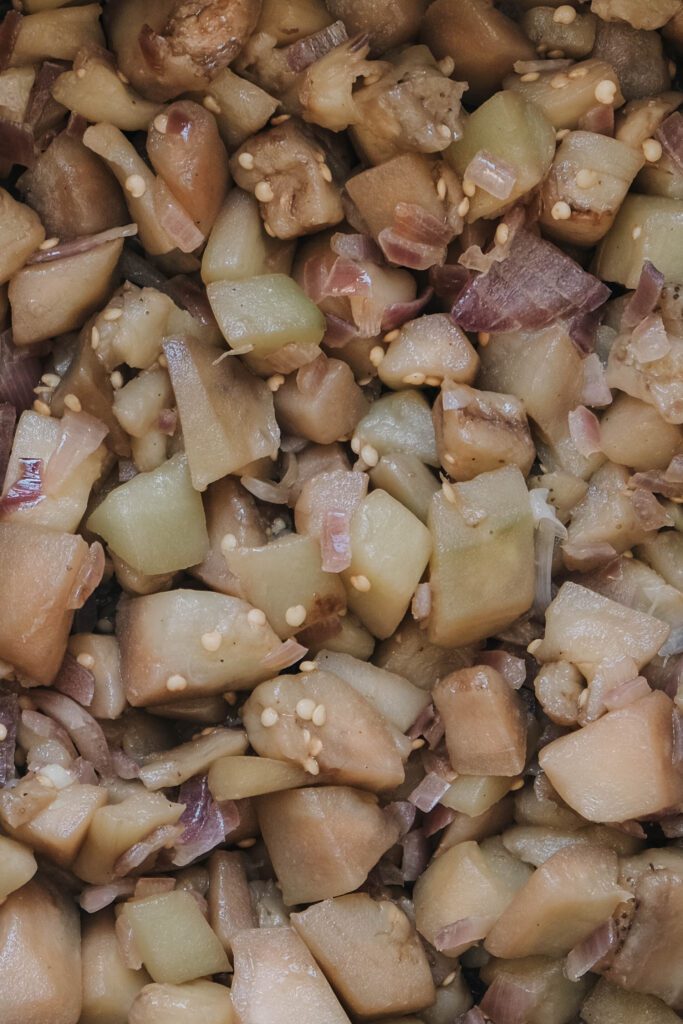
add tomato + basil + olive:
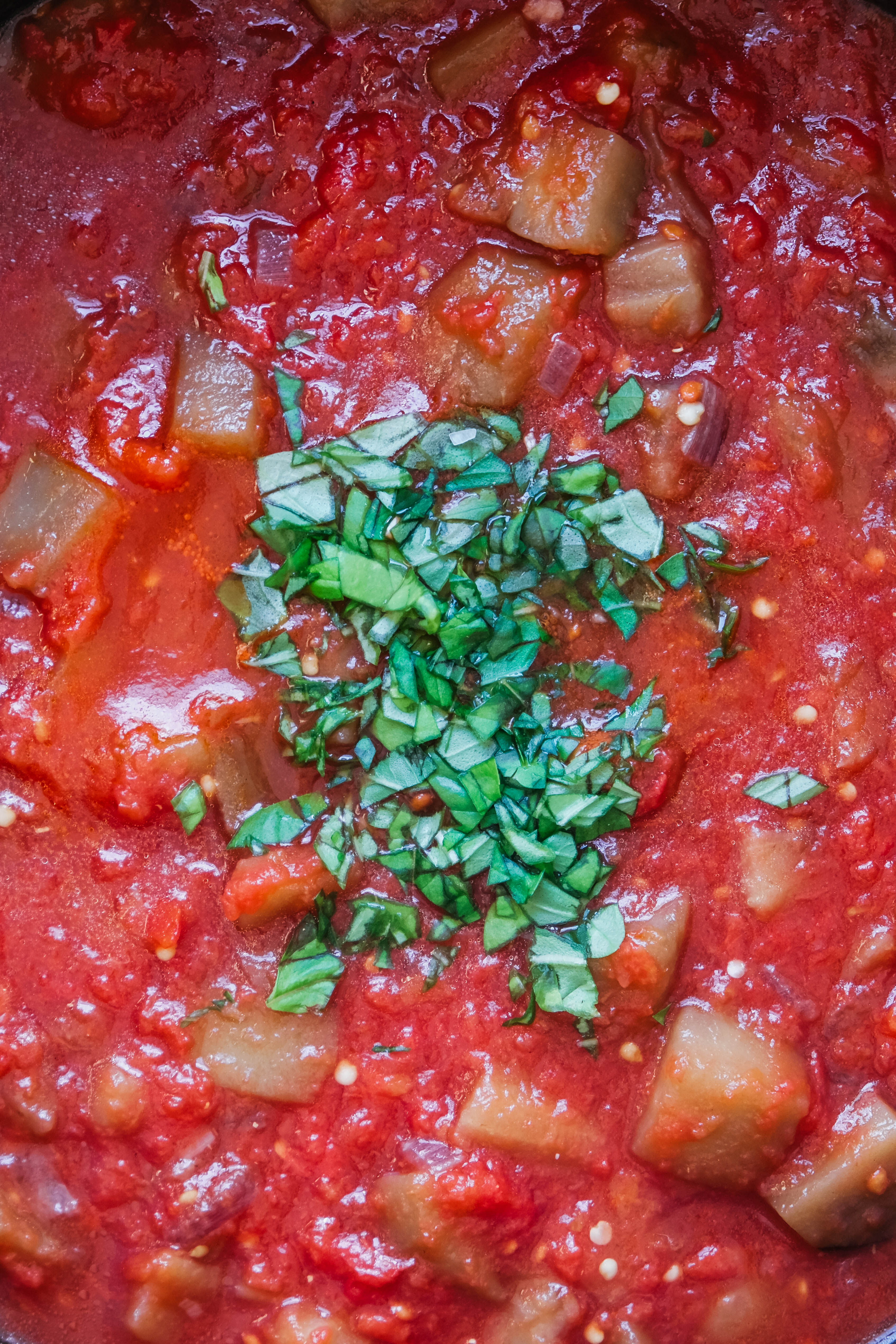
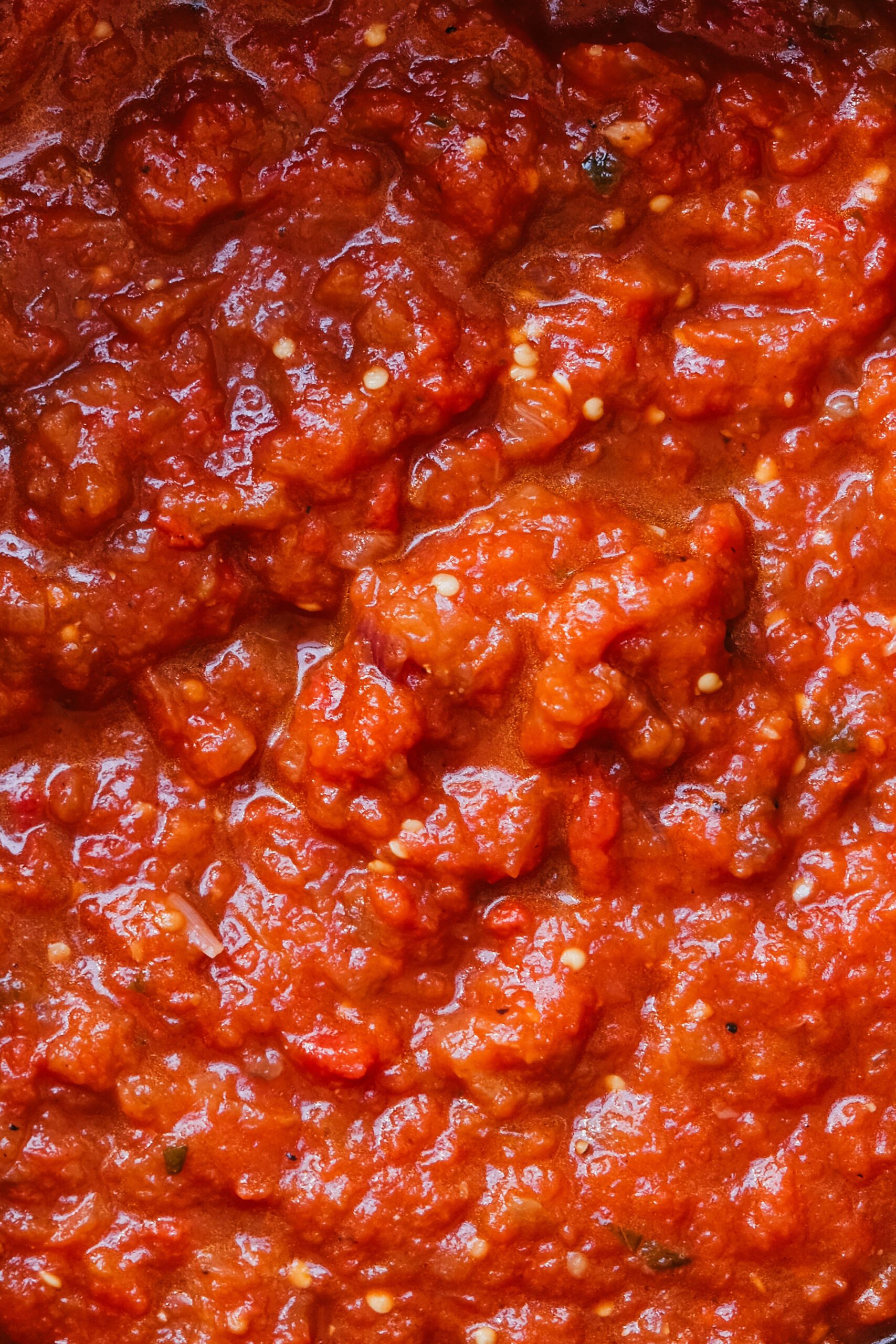
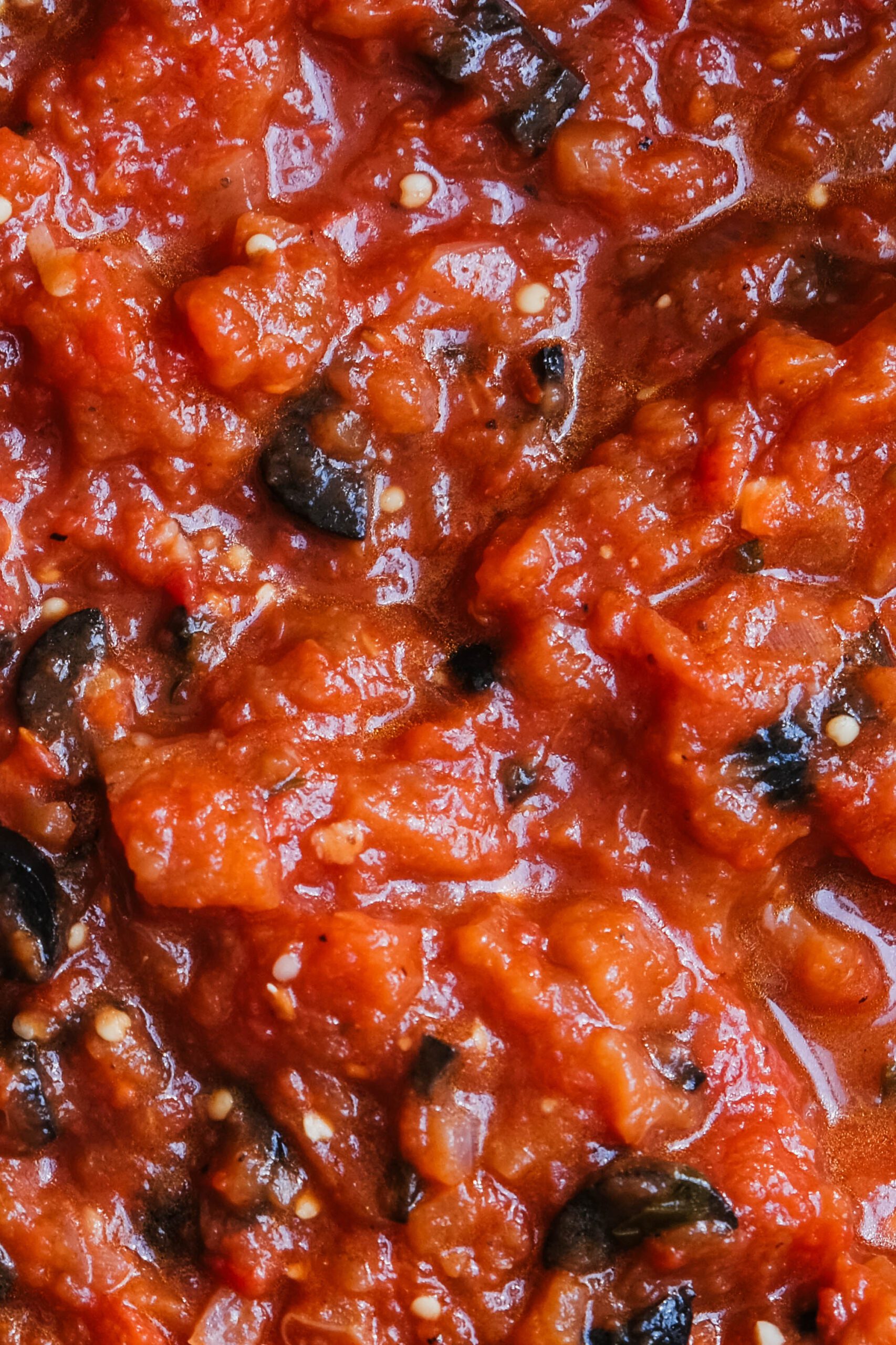
All in all, this is yet another recipe which I altered almost beyond recognition, but I was still left with a gorgeous, comforting sauce, so I can’t really complain.
BOOK RECIPE RATING: 7/10
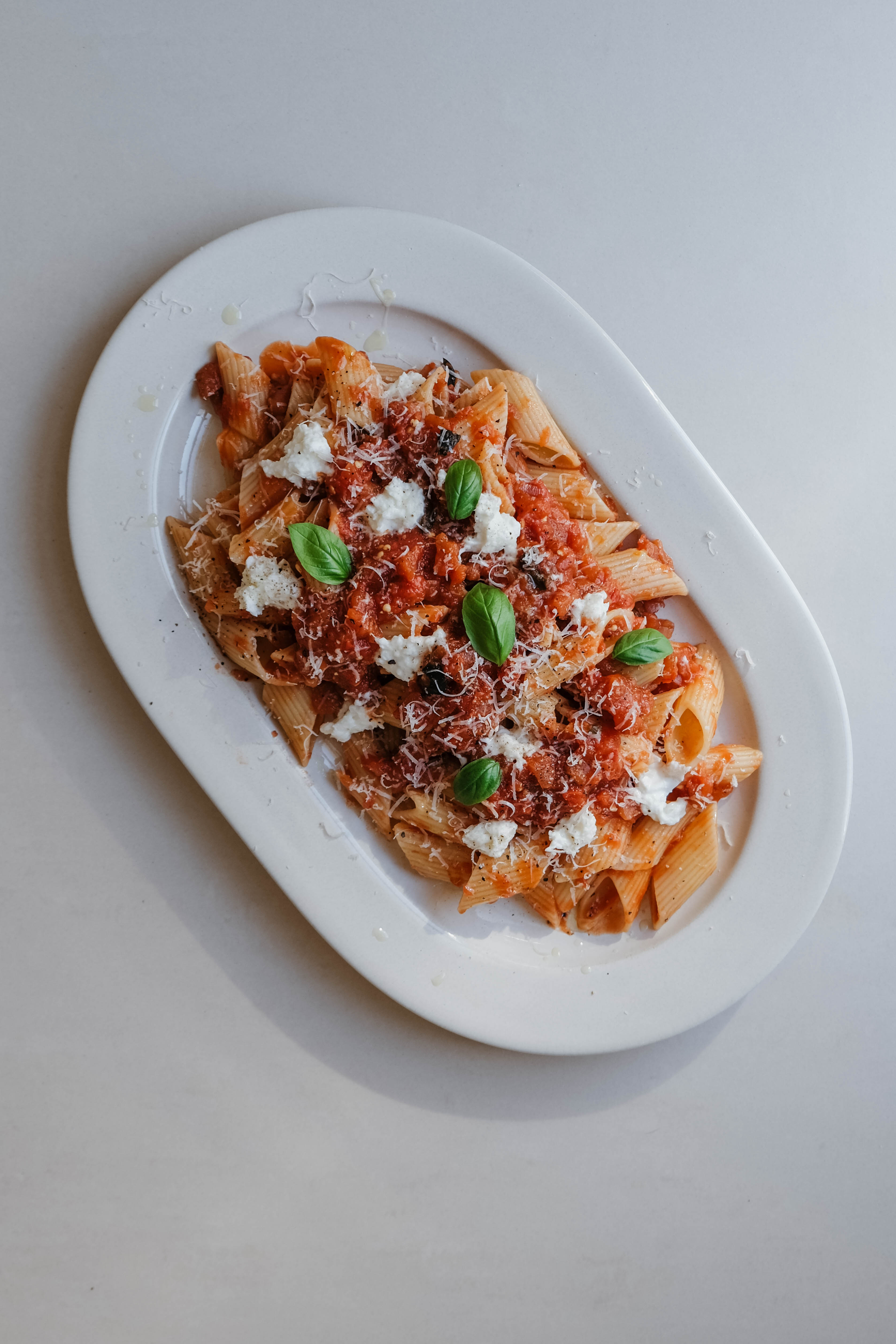
I’m grateful to this recipe for the inspiration it’s provided, and I hope my version can provide you with some too:
Aubergine and Tomato Pasta
Ingredients
For the Sauce:
- 50 ml extra virgin olive oil [see notes]
- 1 onion finely chopped
- 1 eggplant peeled and chopped into small cubes
- 2 garlic cloves crushed
- 2 x 400g cans chopped tomatoes
- Handful of fresh basil finely chopped, plus extra to serve
- Handful of black olives quartered
- Pinch of sugar to taste
To Serve:
- 800 g Pennoni Rigati or penne [see notes]
- 125 g ball of fresh mozzarella shredded
- grated parmesan to serve
Instructions
- In a large saucepan, heat the oil over a medium-high heat and cook the onions for at least 10 minutes, or until beginning to soften.
- Add the aubergine and cook for a further 10-15 minutes, or until the aubergines begin to soften [see photos]. Add the garlic and cook for an additional 2-3 minutes, being careful not to burn it.
- Add in the canned tomatoes and the basil, and season with a generous amount of salt and pepper. Give it a good stir.
- Bring the sauce to a boil before reducing to a simmer and cooking for at least an hour. Keep an eye on the sauce and adjust the heat so the bottom doesn’t catch and the sauce doesn’t splatter. As it cooks, the aubergine will soften even further – begin to mash it down with a potato masher or a fork, until it gradually breaks down. [see notes]
- Once there are no more whole chunks of aubergine, the sauce is ready. Stir in the olives and adjust the seasoning accordingly. If you find the sauce a bit too tart, add a tiny pinch of sugar or honey. Once you’re happy with the taste, reduce the heat just to keep the sauce warm enough to serve with the pasta.
- Bring a large saucepan of salted water to the boil. Once it reaches a rolling boil, add the Pennoni Rigati [or your chosen pasta shape] and cook according to the package directions [see note]
- Return the pasta to the pan you cooked it in and add in a generous amount of the sauce, enough to fully coat each shell.
- Serve into dishes with another helping of warm sauce, shredded mozzarella, some extra basil leaves, and some grated parmesan. Buon appetito!
Notes
- The amount of oil you’ll need depends on the size of the aubergine – the more cubes you have, the more oil you’ll need to coat it in the pan and soften it.
- The longer you cook this sauce, the better. Simmer it for at least an hour to soften the aubergine and guarantee maximum flavour.
- I recommend using penne or rigatoni as it ‘catches’ the sauce a bit better. Don’t panic if you don’t have either to hand though – any shape will do and it will still taste delish!
- Additionally, I find it’s best to cook pasta according to the directions of the brand you’re using. Take one piece of pasta out of the pot and bite into it. The texture should still be firm but not hard or chalky – the term for this is ‘al dente’. Whatever you do, don’t overcook the pasta – it will turn soggy as it continues to cook in the sauce.
I always love hearing from readers, so if you have any questions or would simply like to connect, fill out the form on my contact page or message me through my social media accounts:


